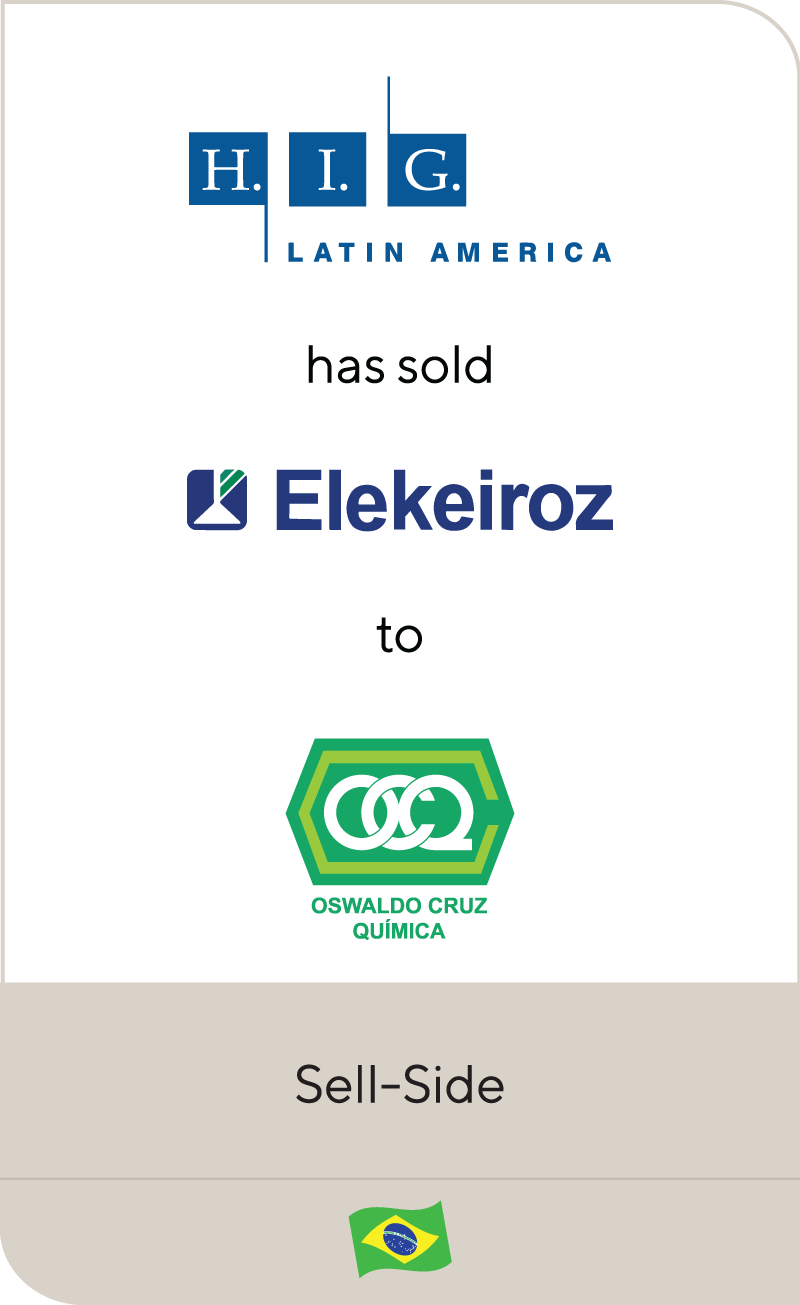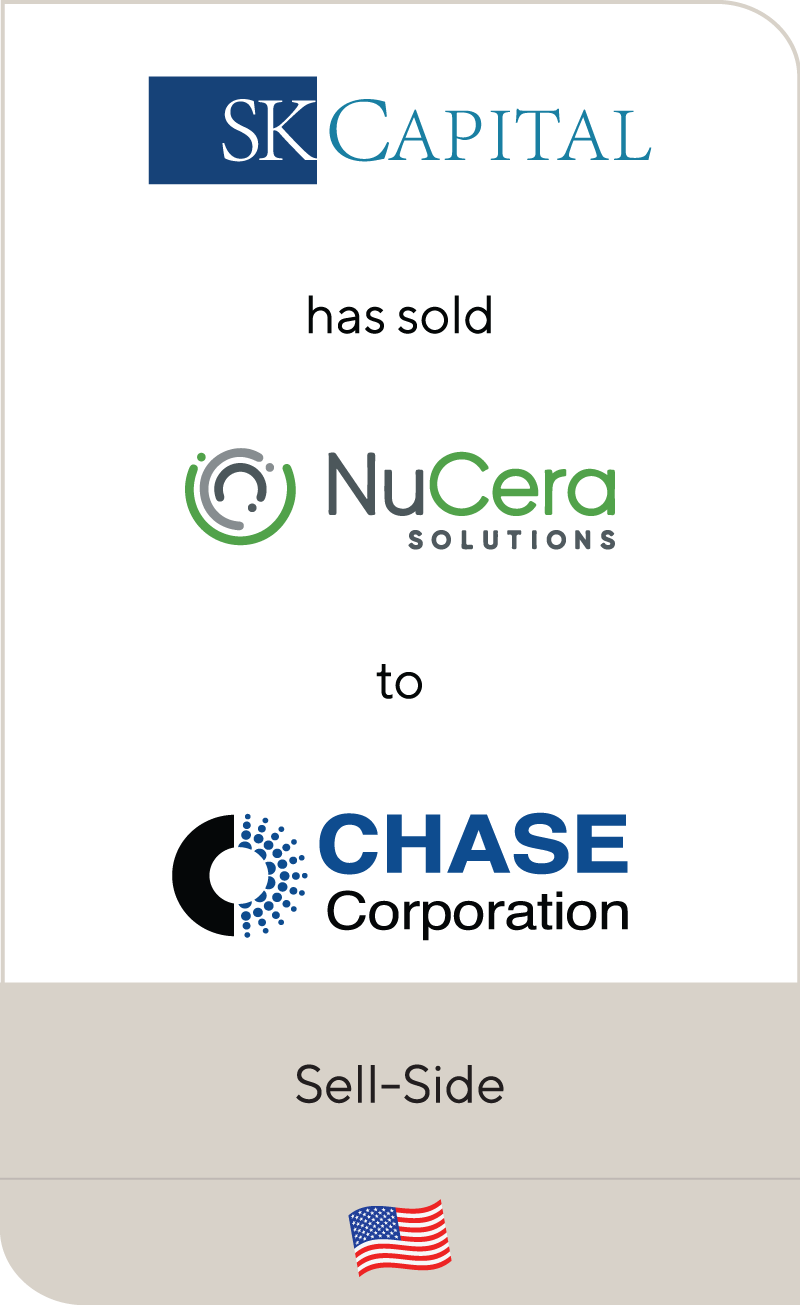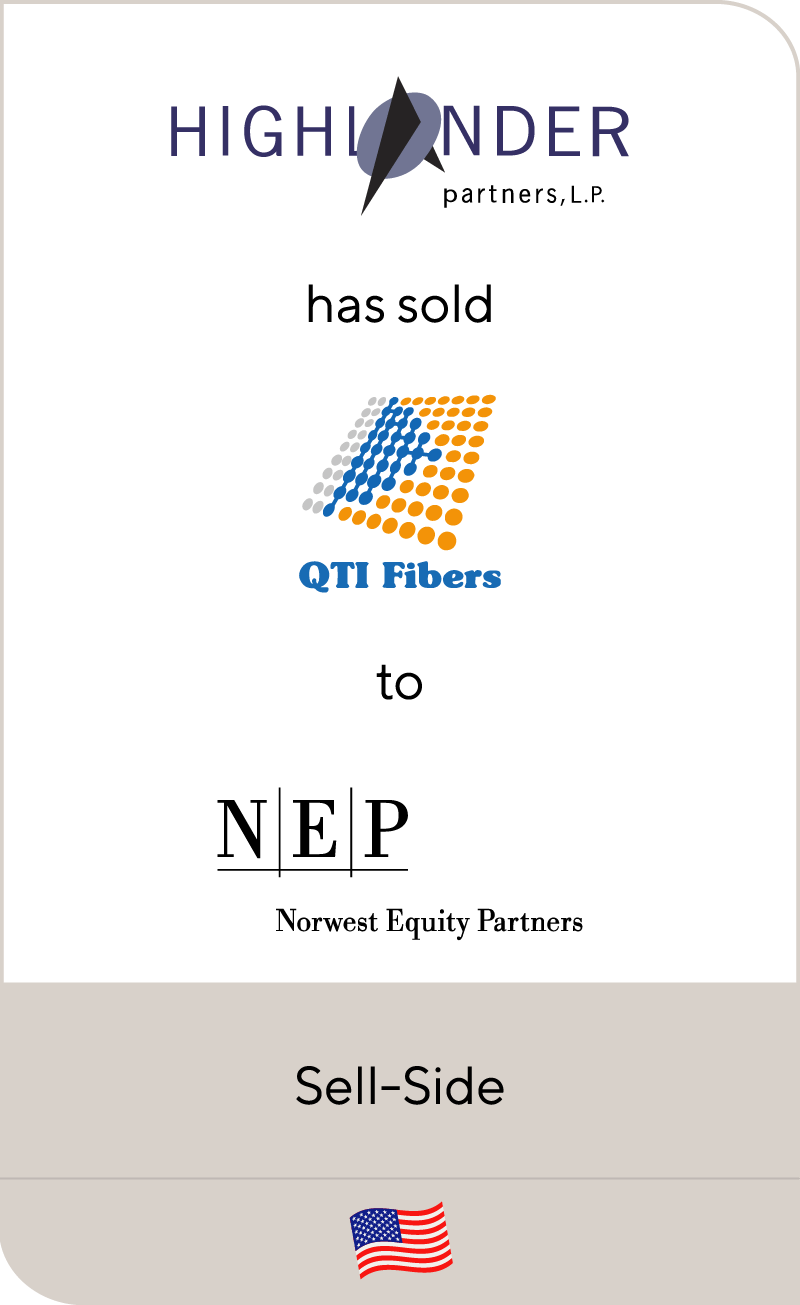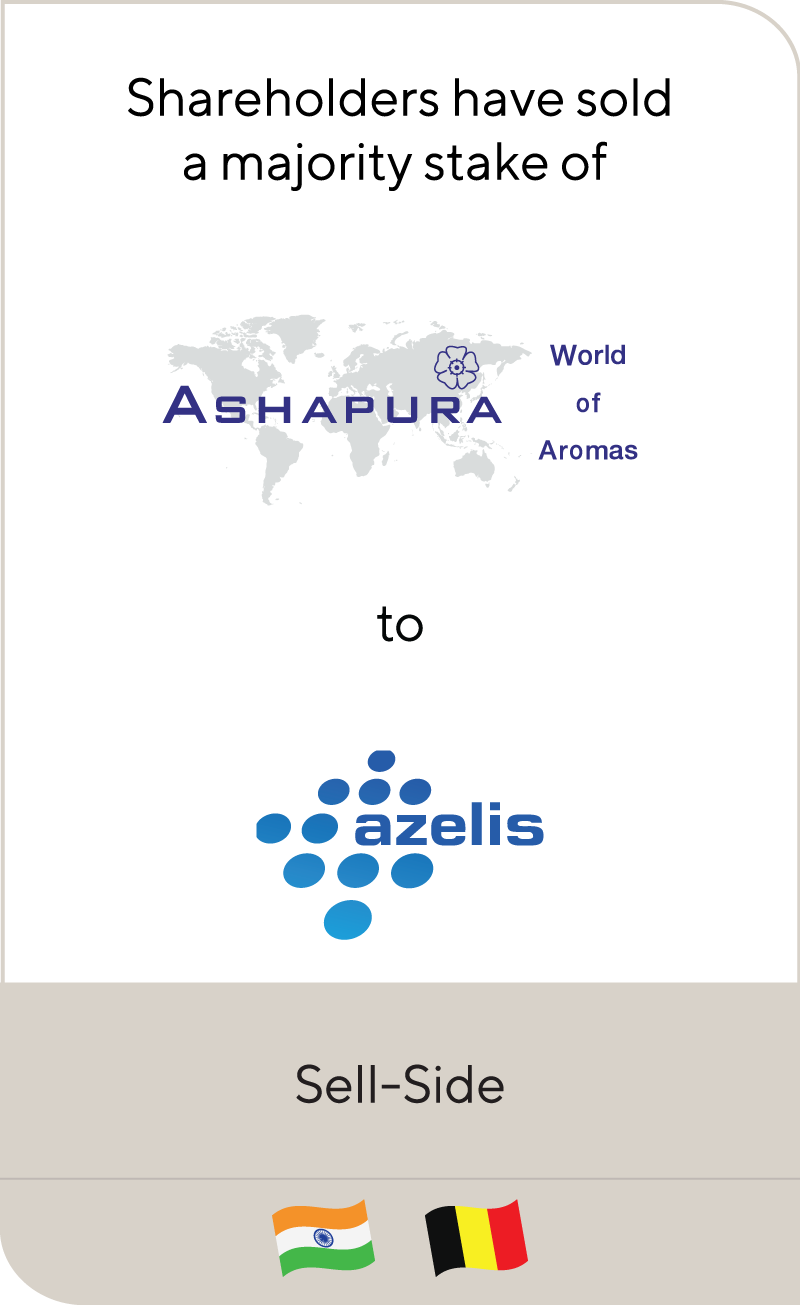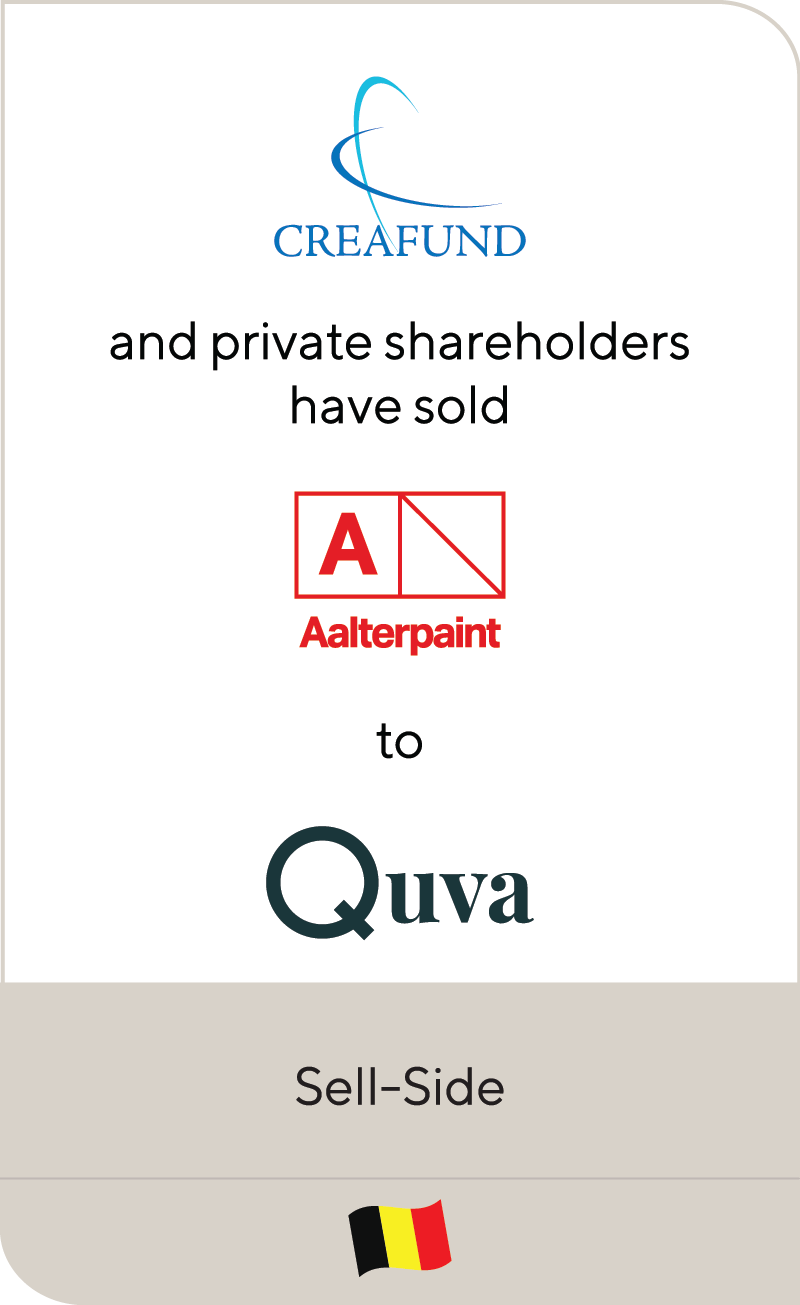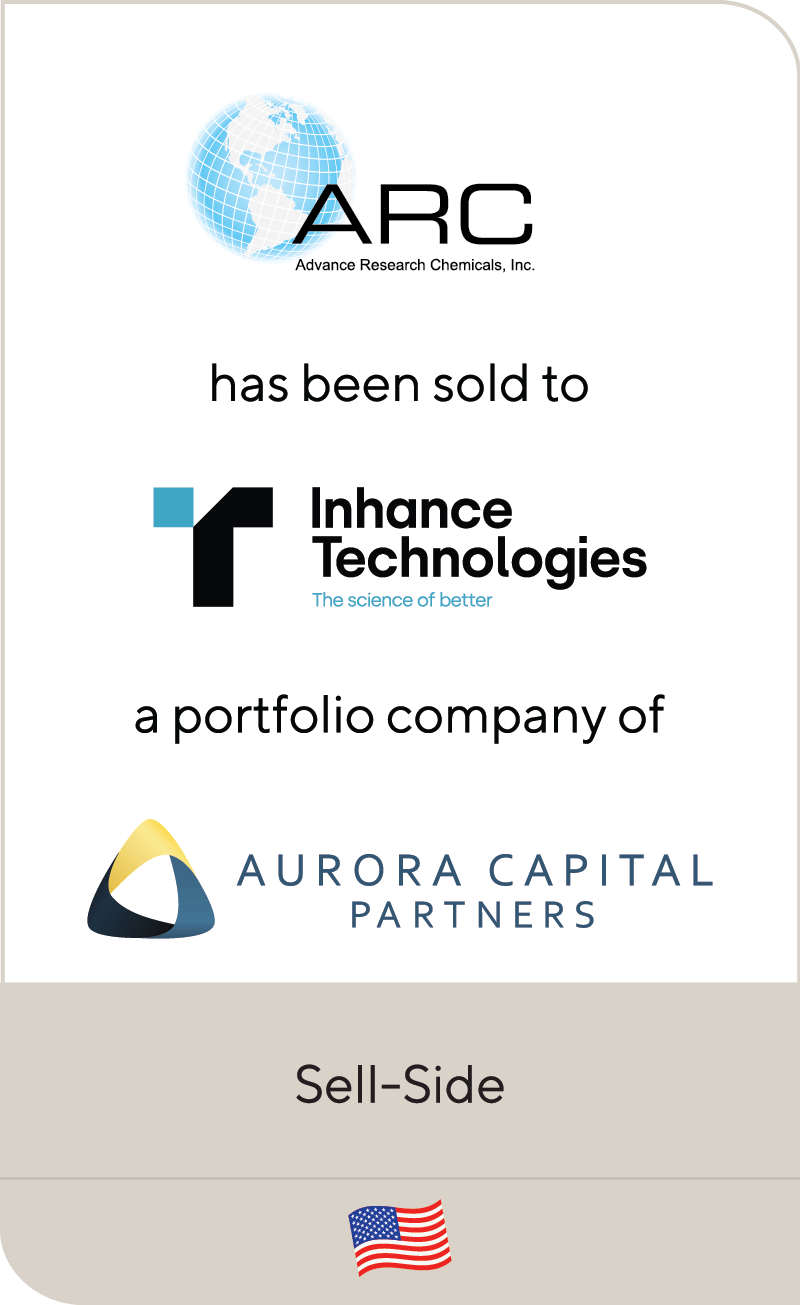Semiconductor Gas Market Heating Up
Dec 2021
The ongoing semiconductor chip shortage is impacting the global supply chain across industries. Significant additional investment is needed to support the demand and, similar to chemical sub-verticals such as active pharmaceutical ingredients, there is a movement for further onshoring of production. The CHIPS act, which finally passed the House vote recently, will provide $52 billion in grants and subsidies to support the semiconductor industry. One of the major points that members of Congress leaned on was the decline of America’s semiconductor manufacturing market share from ~37% in 1990 to ~12% today, which has been further exacerbated by the recent shortage. There is also significant demand for semiconductor gas providers globally, with Linde alone having signed up over $1 billion in new electronics projects within the last year. On the U.S. front, Air Liquide recently announced a $60 million investment to support a new semiconductor fab operation in Phoenix, Arizona (expected to be operational by the second half of 2022). In January 2022, Intel announced their plans to spend more than $20 billion for two new factories in Ohio to provide a much needed boost to domestic semiconductor production. Significant additional investments are expected in the U.S. for new fabs over the next five years to support the anticipated long-term demand.
Semiconductor demand continues to accelerate with the fourth industrial revolution underway and the acceleration of the Internet of Things, 5G and autonomous vehicles. With these expanding demands, semiconductor companies are facing greater material requirements, more complex architectures and a further miniaturization push. More advanced contamination control is needed to keep up with the increasing die size and the demand for smaller nodes — semiconductor gas providers will play a critical role in helping to facilitate the technological requirements.
50%of automotive bill of materials will be electronics in the next decade |
30%integrated circuit content increase in 5G from 4G phones |
Summary
-
Lincoln International's chemicals team examines the semiconductor gas market.
- Click here to download a printable version of this perspective.
- Sign up to receive Lincoln's perspectives
Semiconductor gas solutions are critical to the production of semiconductors. There are multiple gas applications, including (i) chemical vapor deposition, (ii) photolithography, (iii) etching, (iv) doping, (v) annealing and (vi) chamber cleaning. An important element for performance is fluorine, which is frequently used in chemical vapor deposition processes to remove particles and film from the surfaces of the vacuum chamber. The use of fluorine can allow manufacturers to decrease their use of greenhouse gases to be more environmentally compliant. Fluorine does not absorb infrared radiation or convert it to energy, giving it a global warming potential factor of zero. It is also a faster acting cleaner than traditional greenhouse gases. Fluorine is the most electronegative element on the periodic table of elements and with that carries greater risk of reactivity and toxicity, which requires highly specialized semiconductor gas providers.

Semiconductor Gas Solution Processes
- In chemical vapor deposition, gas, including helium and fluorine options, is used to maintain tight tolerance temperature levels while the semiconductor substrate is brought to the appropriate temperature to trigger the desired reaction.
- In photolithography, hydrogen is needed to react with the tin hydride so that it does not deposit on the semiconductor while the image is being transferred onto the substrate.
- In etching, the shape and pattern from the photolithography process is permanently etched on, etchant gases are frequently carbon-based, containing fluorine, and react at the substrate level to drive the selectivity of the target film.
- In doping, atoms are added to semiconductor material to drive the conditions under which the semiconductor layer will conduct electrons – arsine and phosphine are used here to help manage this delicate process.
- In annealing, an existing film layer is modified by a reaction with hydrogen or oxygen at high pressures and temperatures.
- In chamber cleaning, gases such as nitrogen trifluoride are used to fully purge the chamber between process steps as even trace levels left behind can unbalance the reaction.
The semiconductor gas market is a global industry with major players including Air Liquide, Air Products & Chemicals, Iwatani, Linde, SK Materials and Versum. There is though an opportunity in the market for smaller, more focused providers of high-purity applications and differentiated compression capabilities. Difficult to source and difficult to handle materials can also provide a major point of differentiation for specialty gas providers who are able to adeptly provide safe solutions there. From the M&A vantage point, Merck’s nearly $6 billion acquisition for Versum at a 14.5x EV / LTM EBITDA multiple still serves as the near-term light post in the space.
Safety is paramount when it comes to semiconductor gas handling and production. In order to achieve an optimal level of performance, gases must be handled with great care as they can become unstable depending on the phase of the production process and need. This demonstrated experience and ability to perform can serve as a meaningful barrier to entry for companies in the space. The ability to produce high-purity gases is also often a process that involves significant trade secrets and tribal knowledge. The development of next generation gases is already underway and will play a major role in enabling more advanced semiconductor production.
Contributor
Meet Professionals with Complementary Expertise

I am resolute in providing honest, insightful and pragmatic advice to clients.
Adam Hunia
Managing Director
ChicagoRelated Perspectives

Chemicals Quarterly Review Q1 2024
Despite sticky interest rates and geopolitical tensions heating up in multiple arenas, last year’s rally showed no sign of slowing through Q1 2024. The S&P 500 registered the biggest gains,… Read More

Chemicals Quarterly Review Q4 2023
Expectations were low heading into the final three months of the year as stubbornly high interest rates caused a late summer downturn in the S&P 500. Despite a continued decline… Read More

Chemicals Quarterly Review Q3 2023
The economy exhibited modest growth over the summer, both fueling concerns about a potential recession and nurturing hopes that it might be averted. After two consecutive quarters of contraction, the… Read More

Chemicals Quarterly Review Q2 2023
Equities rallied in Q2 2023, with the S&P 500 gaining 16.9% year-to-date through June, driven primarily by artificial intelligence (AI)-fueled enthusiasm for large-cap technology stocks. The chemicals sector has been… Read More










